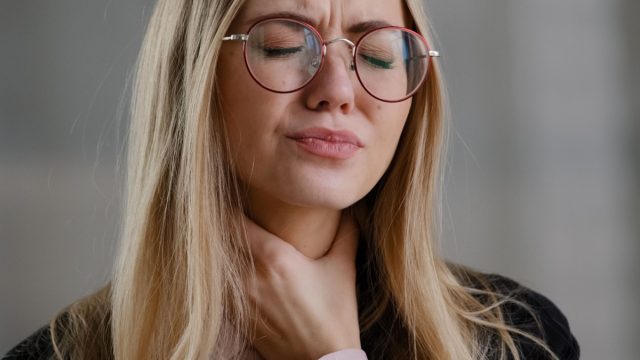
Viruses survive by changing. In the case of COVID-19, the virus’s mutations mean you can catch it repeatedly, and its symptoms have evolved. Doctors say the most common signs of a COVID infection today are quite different than the ones that made headlines early in the pandemic. So how do you know when you might have COVID, and it’s time to isolate and test yourself? These are the top three signs you may have a COVID reinfection—and how you can protect yourself and others from getting the virus again.

Your COVID reinfection may involve a stuffy or runny nose. “It isn’t the same typical symptoms that we were seeing before. It’s a lot of congestion,” Dr. Erick Eiting, vice chair of operations for emergency medicine at Mount Sinai Downtown in New York City, told NBC News earlier this month.
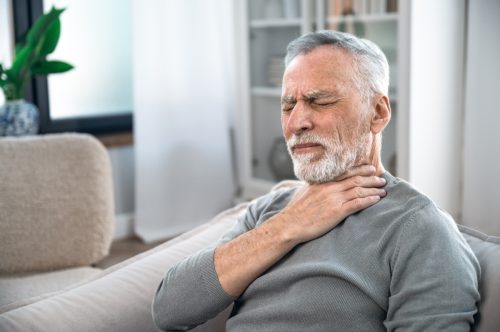
Dr. Eiting said a sore throat is a common symptom of COVID these days. It usually is the first symptom, followed by congestion. Your throat may feel scratchy or irritated, or you may have pain upon swallowing. This can be mild to severe. Some people have described “a burning sensation like they never had, even with strep in the past,” said Dr. Grace McComsey, vice dean for clinical and translational research at Case Western University.
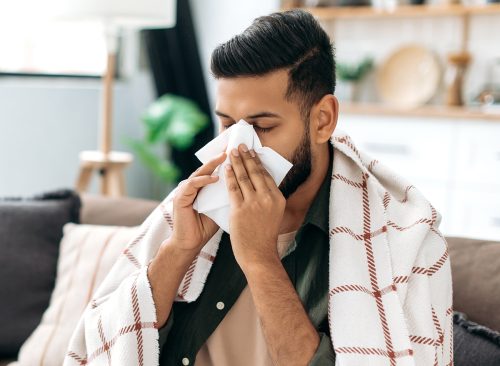
Sneezing is also one of the most common COVID symptoms now, said Eiting. Doctors say COVID is increasingly becoming difficult to tell apart from a cold or the flu. If you have symptoms, getting tested for COVID through an at-home kit or at a healthcare provider’s office is important to avoid spreading the virus.

Previous telltale COVID symptoms such as coughing, shortness of breath, and a loss of taste or smell are not as common now, experts say. McComsey said only 10% to 20% of her COVID patients lose their sense of taste or smell these days, compared to about 60% to 70% early in the pandemic.

Along with congestion, some people with a COVID reinfection report having a headache, fatigue, muscle aches, fever, chills, or post-nasal drip.
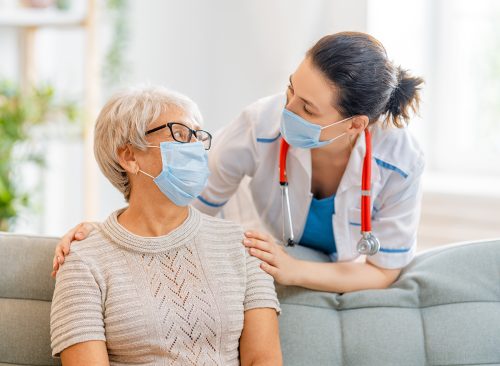
Doctors are seeing milder COVID symptoms because of widespread immunity from vaccines and prior infections. “Overall, the severity of COVID is much lower than it was a year ago and two years ago,” said Dr. Dan Barouch, director of the Center for Virology and Vaccine Research at Beth Israel Deaconess Medical Center in Boston. “That’s not because the variants are less robust. It’s because the immune responses are higher.”

Unfortunately, each re-infection with the coronavirus brings a risk of long COVID. “What we’re seeing in long COVID clinics is not just the older strains that continue to be symptomatic and not getting better—we’re adding to that number with the new strain as well,” said McComsey. “That’s why I’m not taking this new wave any less seriously.”
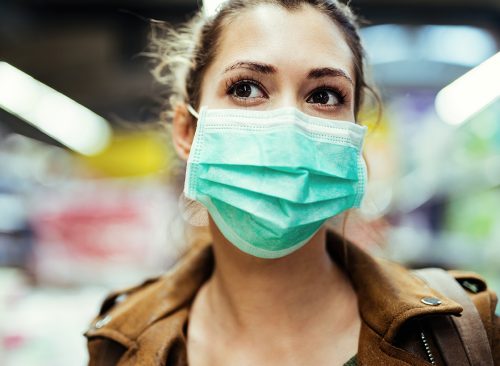
The CDC updated its mask recommendations in May, based on hospital admission rates by county. People at high risk of serious illness from COVID should wear a good-quality mask in counties with medium hospital admission levels (about 8% of counties nationwide, according to the latest data), and everyone should mask where hospital admission rates are high (about 0.7% of counties right now). Anyone should feel free to mask at any time. You can search for the hospitalization rate in your county here.
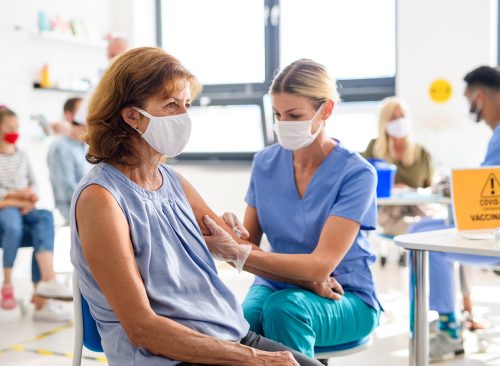
The CDC recommends that everyone older than six months gets an updated COVID vaccine and flu shot this fall. Experts advise getting the COVID and flu shots now if you’re older or at high risk for severe illness, and by mid-October if you’re at average risk. One exception: If you’ve recently had a COVID infection, experts say you should wait two to three months before receiving the new COVID vaccine; that will maximize your immunity.
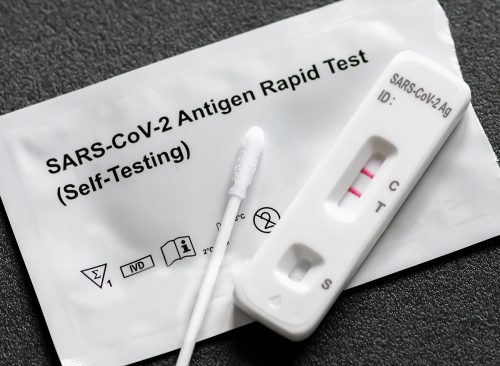
Every U.S. household can order four free COVID tests from the federal government by visiting covidtests.org or calling 1-800-232-0233. The kits will be shipped to you at no charge starting in early October.














